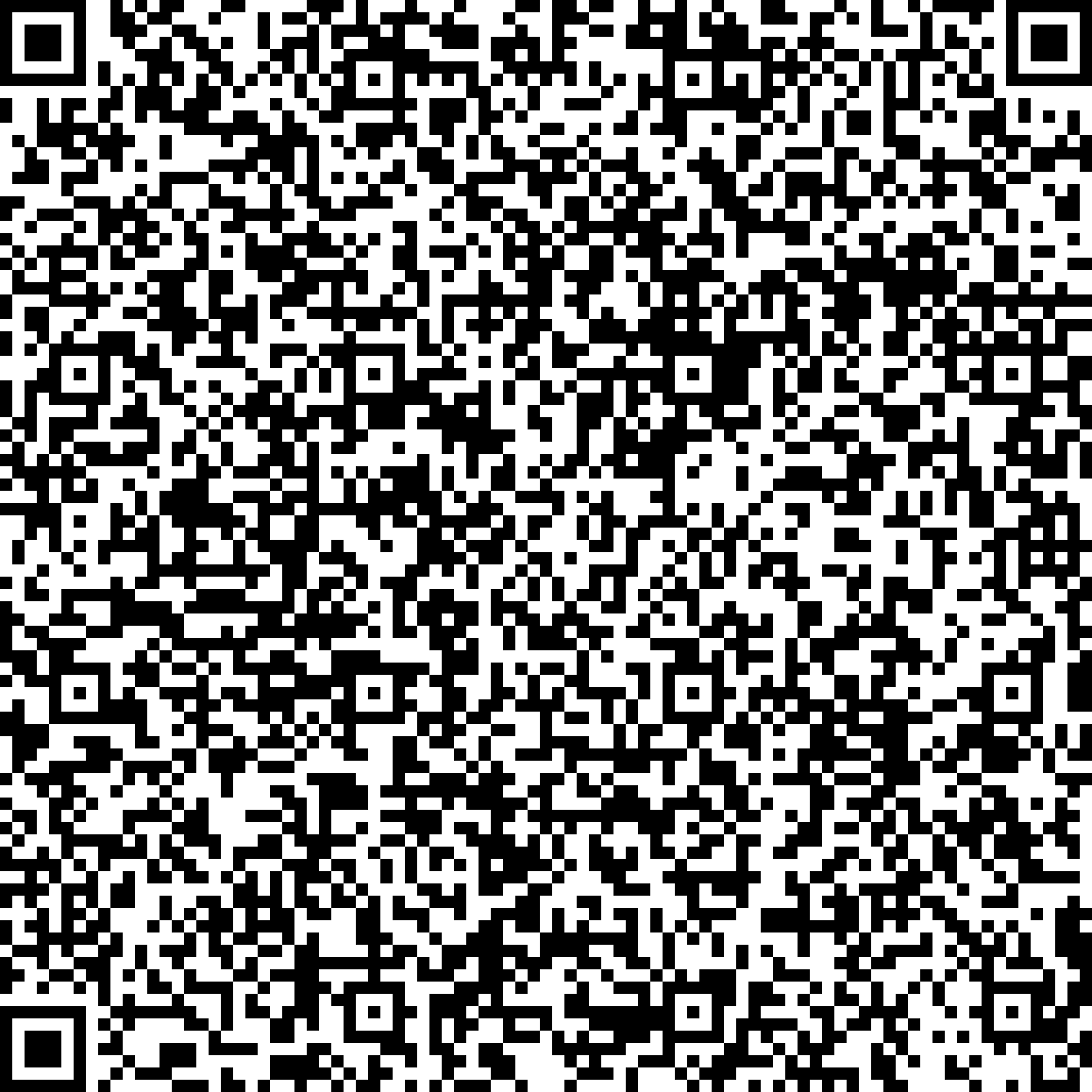


(From doi: 10.1038/nature03375): The fact that electrical current is carried by individual charges has been known for over 100 years, yet this discreteness has not been directly observed so far. Almost all current measurements involve measuring the voltage drop across a resistor, using Ohm's law, in which the discrete nature of charge does not come into play. However, by sending a direct current through a microelectronic circuit with a chain of islands connected by small tunnel junctions, the individual electrons can be observed one by one. The quantum mechanical tunnelling of single charges in this one-dimensional array is time correlated1, 2, 3, and consequently the detected signal has the average frequency f = I/e, where I is the current and e is the electron charge. Here we report a direct observation of these time-correlated single-electron tunnelling oscillations, and show electron counting in the range 5 fA−1 pA. This represents a fundamentally new way to measure extremely small currents, without offset or drift. Moreover, our current measurement, which is based on electron counting, is self-calibrated, as the measured frequency is related to the current only by a natural constant.



(From doi: 10.1038/nature03375): The fact that electrical current is carried by individual charges has been known for over 100 years, yet this discreteness has not been directly observed so far. Almost all current measurements involve measuring the voltage drop across a resistor, using Ohm's law, in which the discrete nature of charge does not come into play. However, by sending a direct current through a microelectronic circuit with a chain of islands connected by small tunnel junctions, the individual electrons can be observed one by one. The quantum mechanical tunnelling of single charges in this one-dimensional array is time correlated1, 2, 3, and consequently the detected signal has the average frequency f = I/e, where I is the current and e is the electron charge. Here we report a direct observation of these time-correlated single-electron tunnelling oscillations, and show electron counting in the range 5 fA−1 pA. This represents a fundamentally new way to measure extremely small currents, without offset or drift. Moreover, our current measurement, which is based on electron counting, is self-calibrated, as the measured frequency is related to the current only by a natural constant.